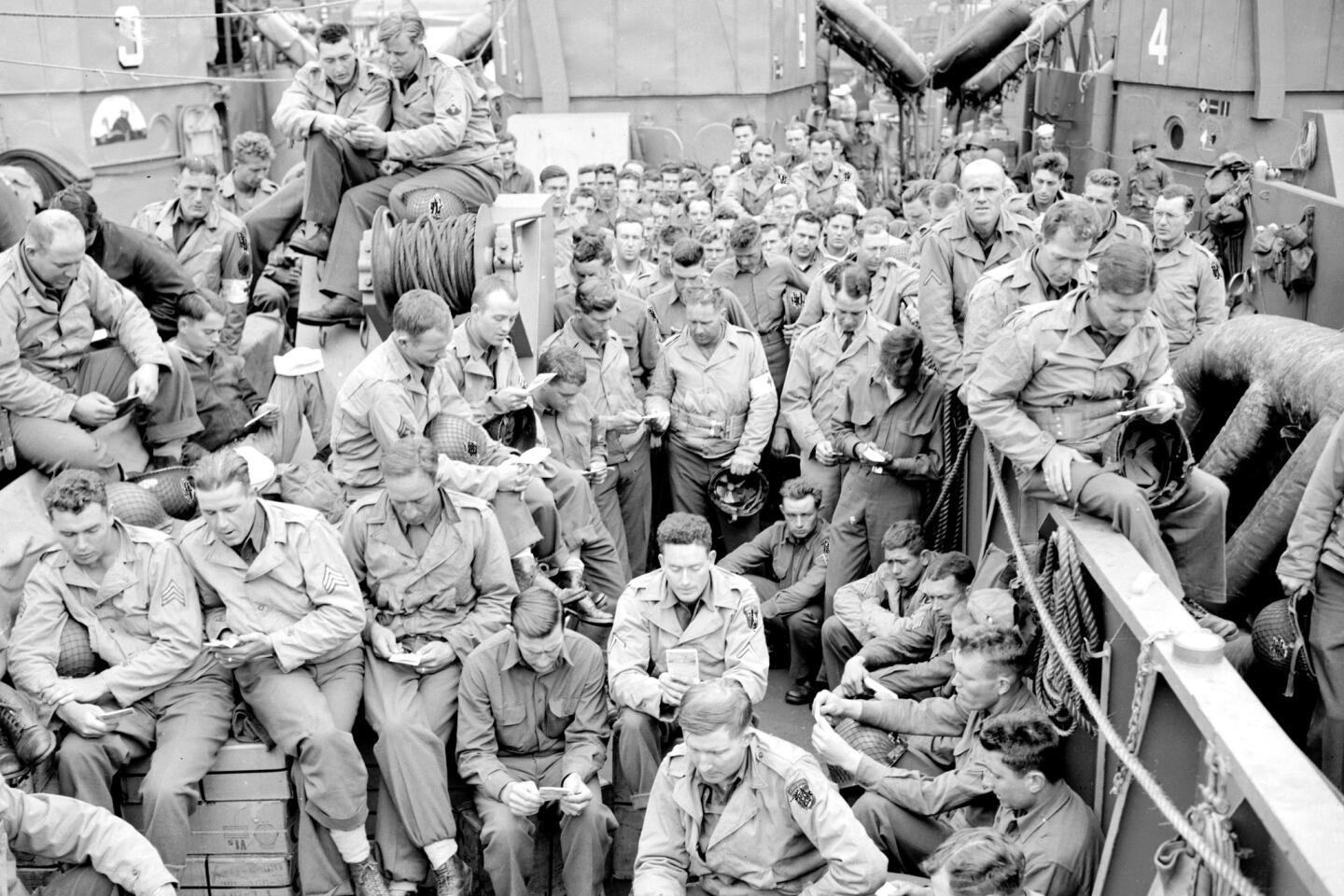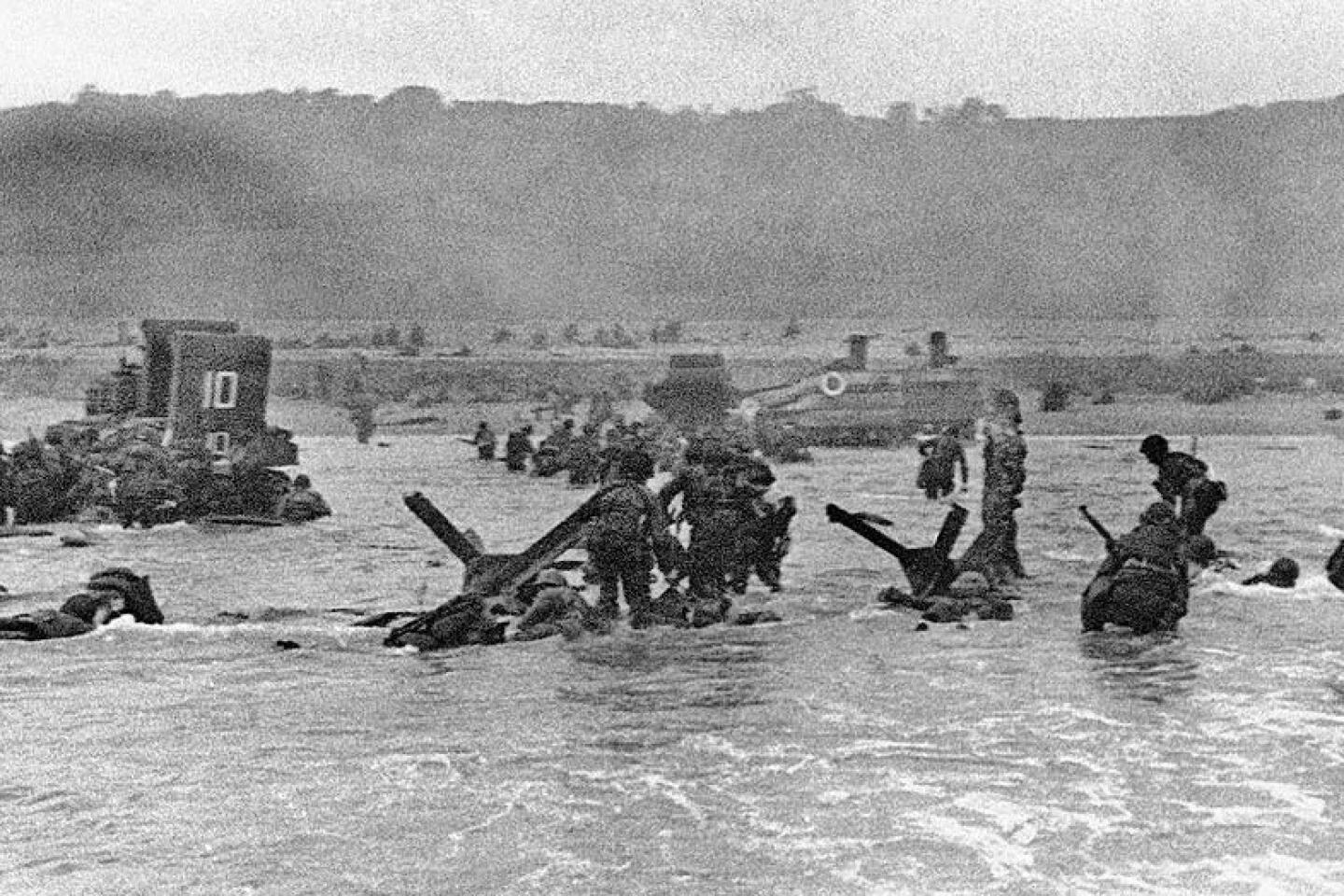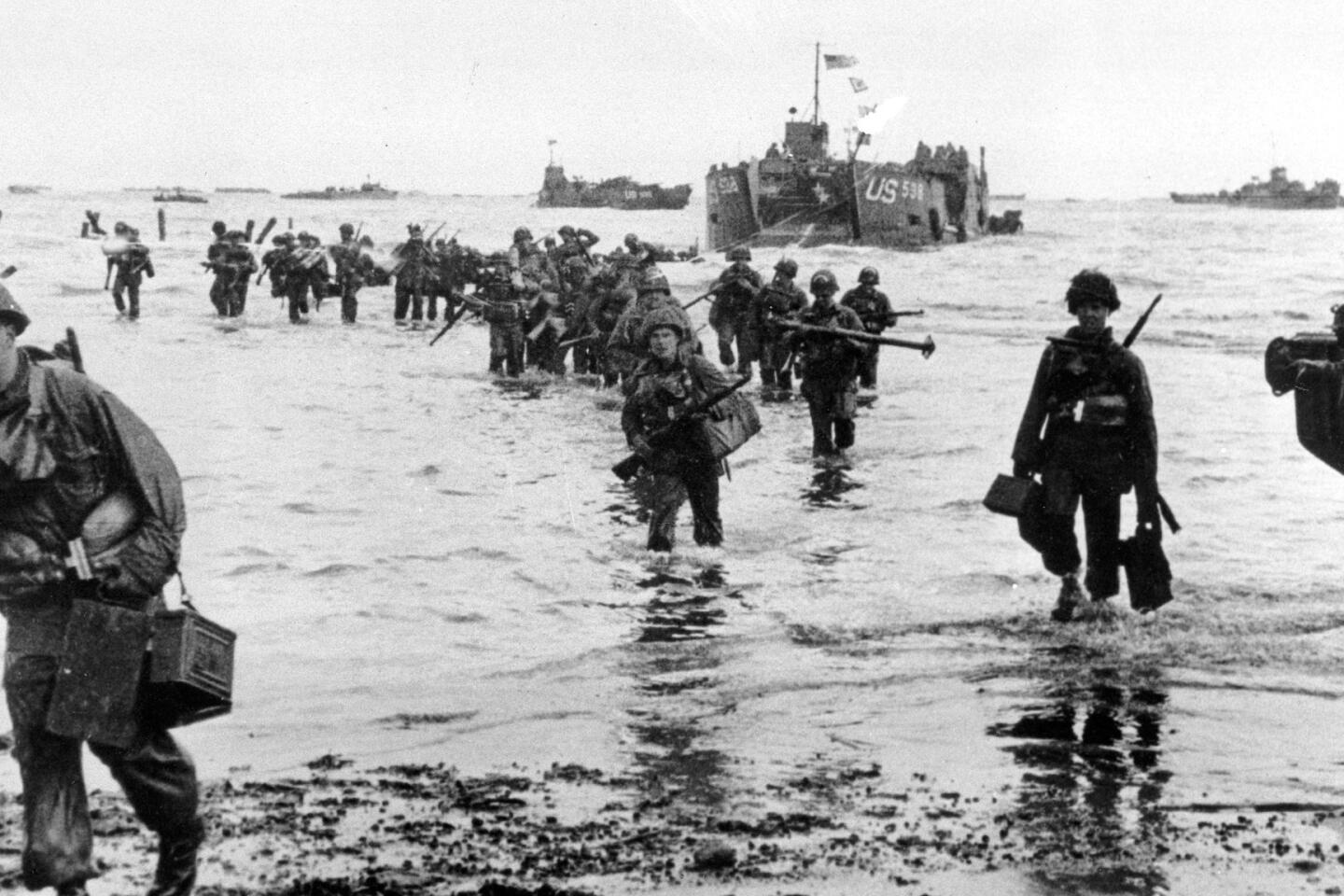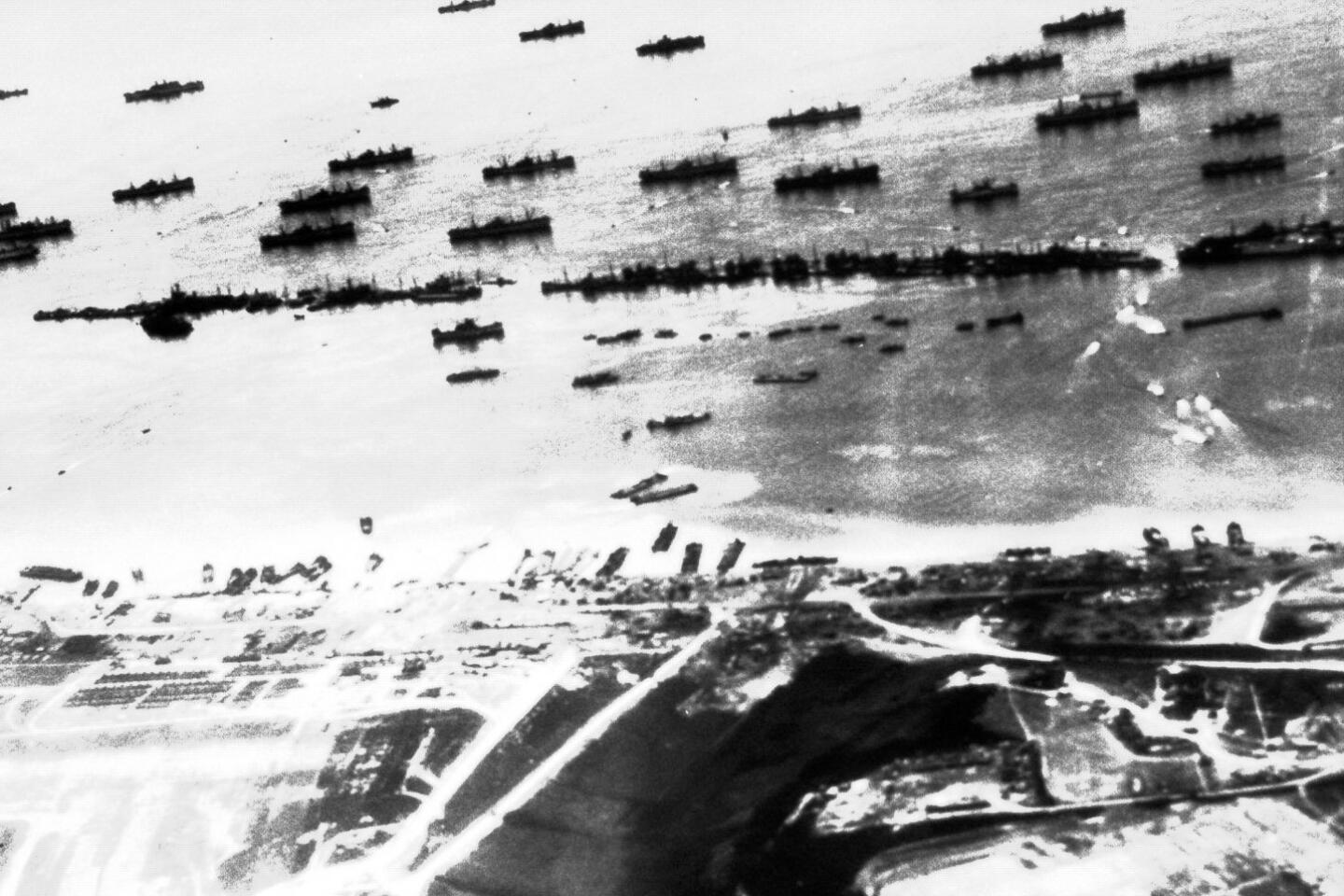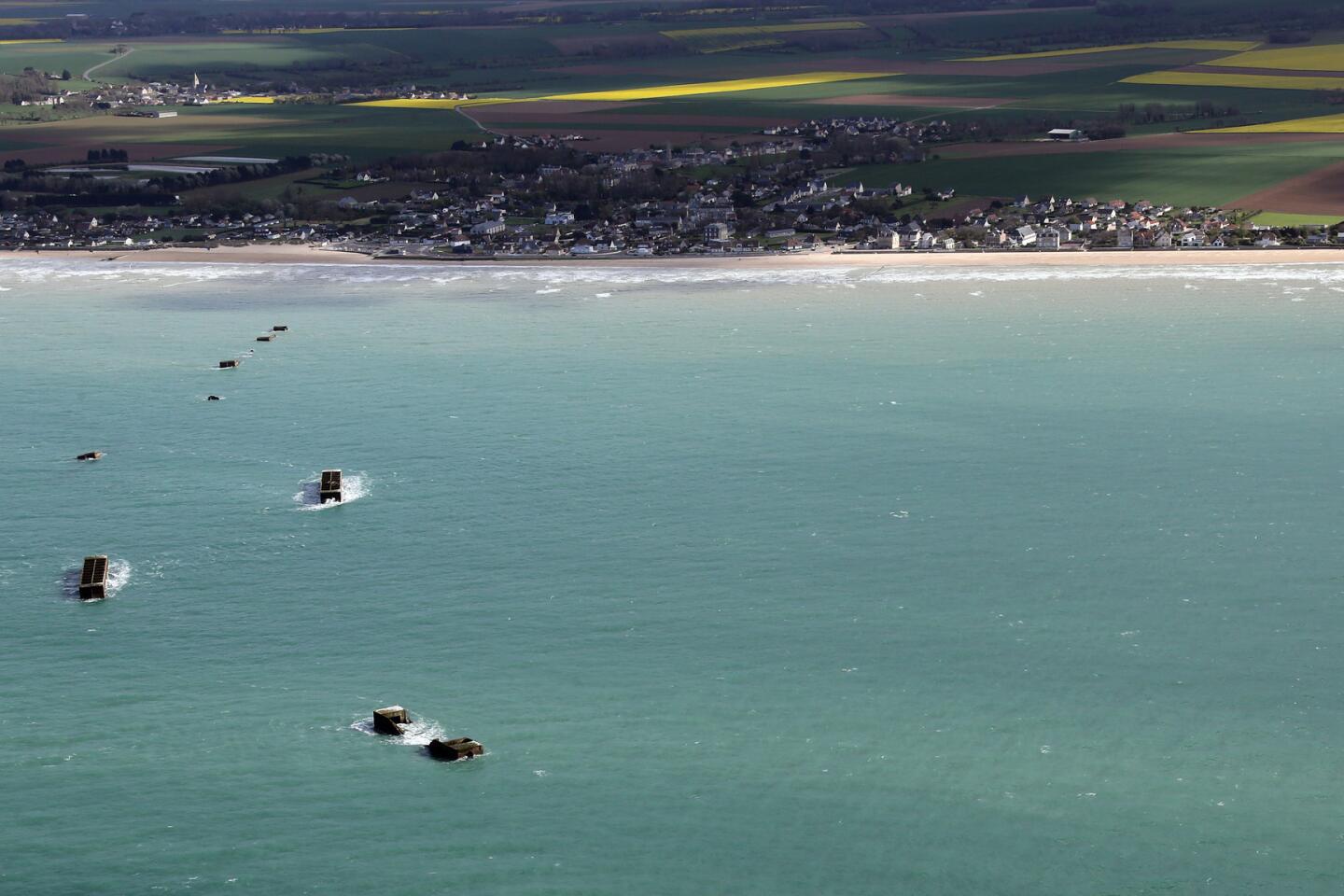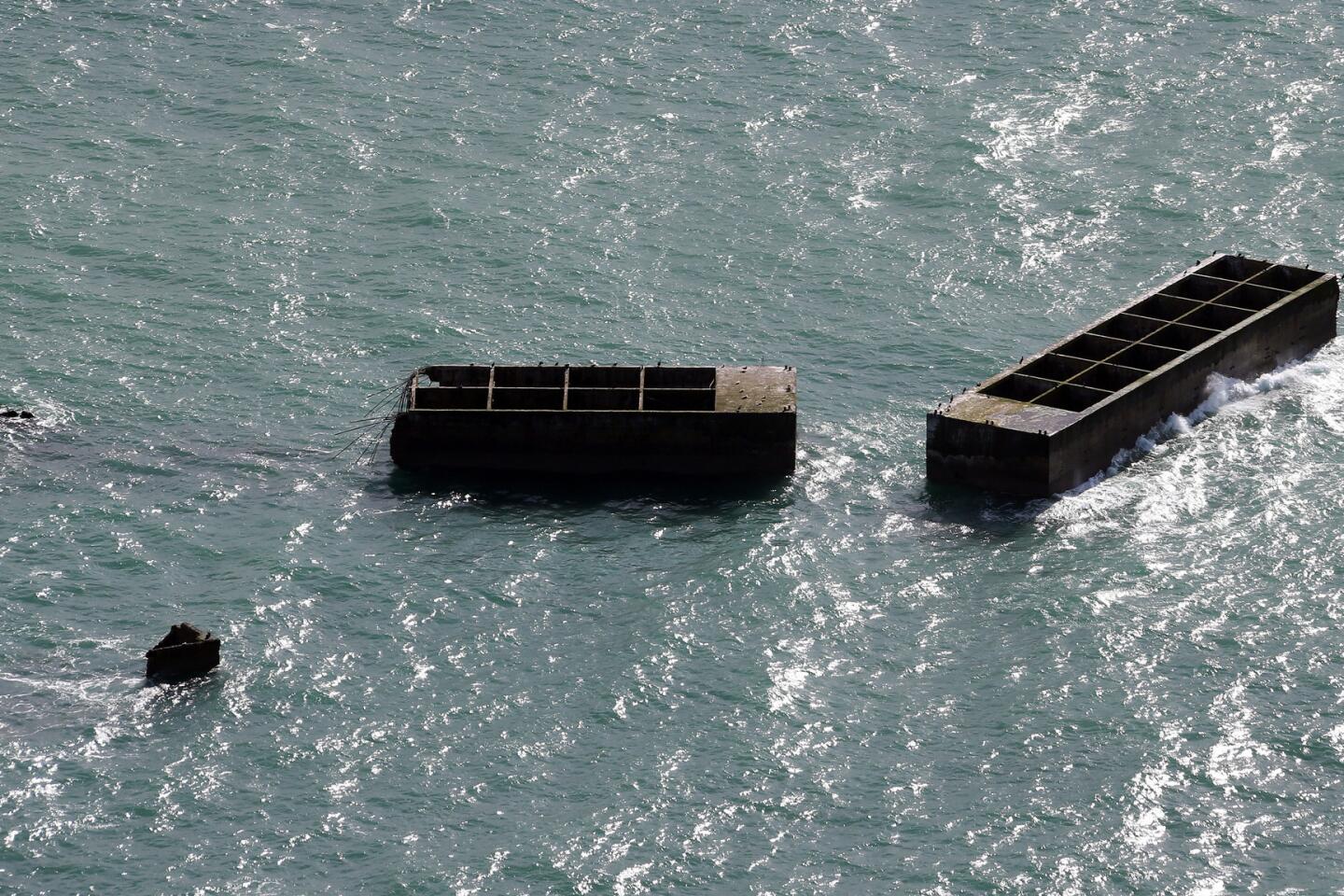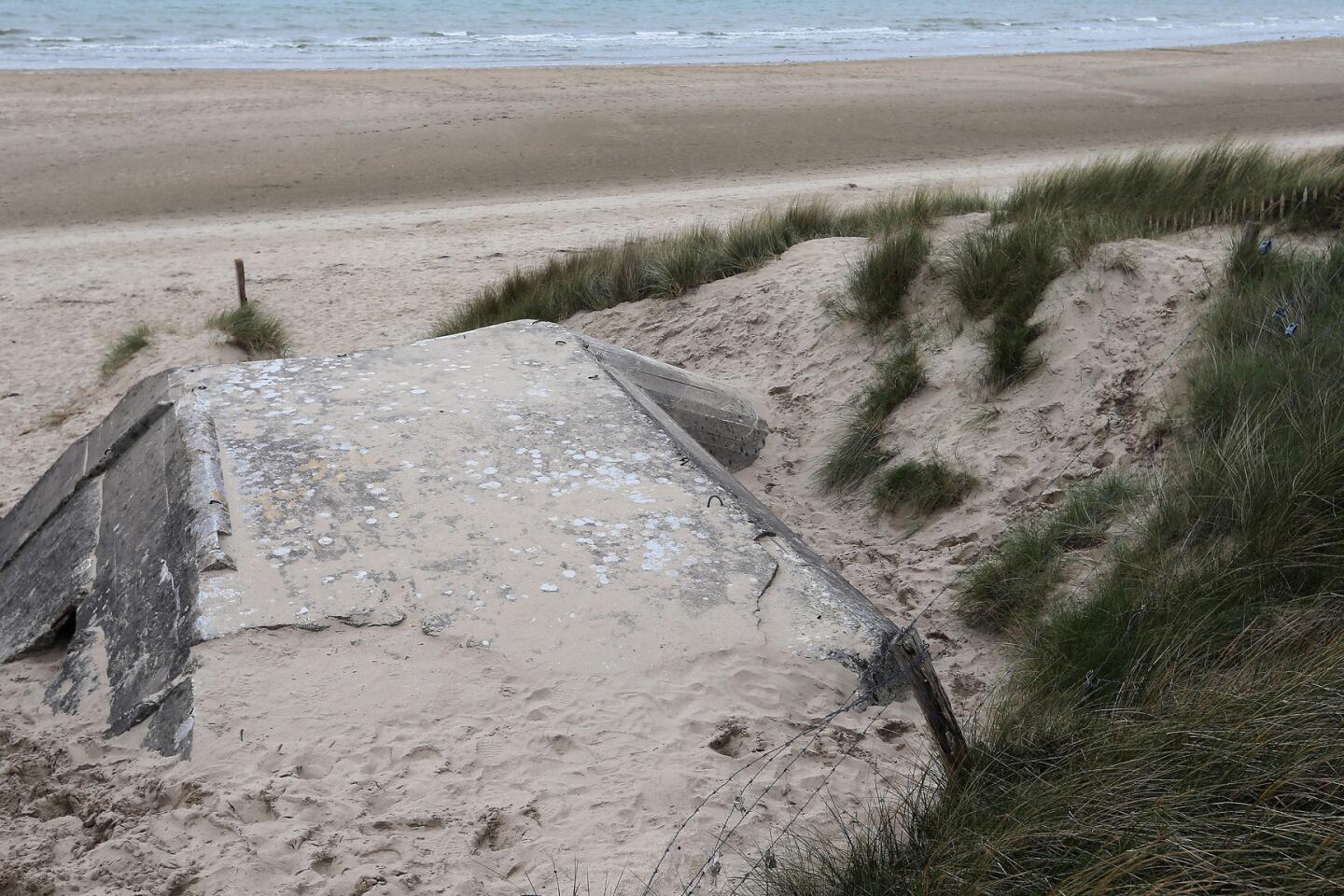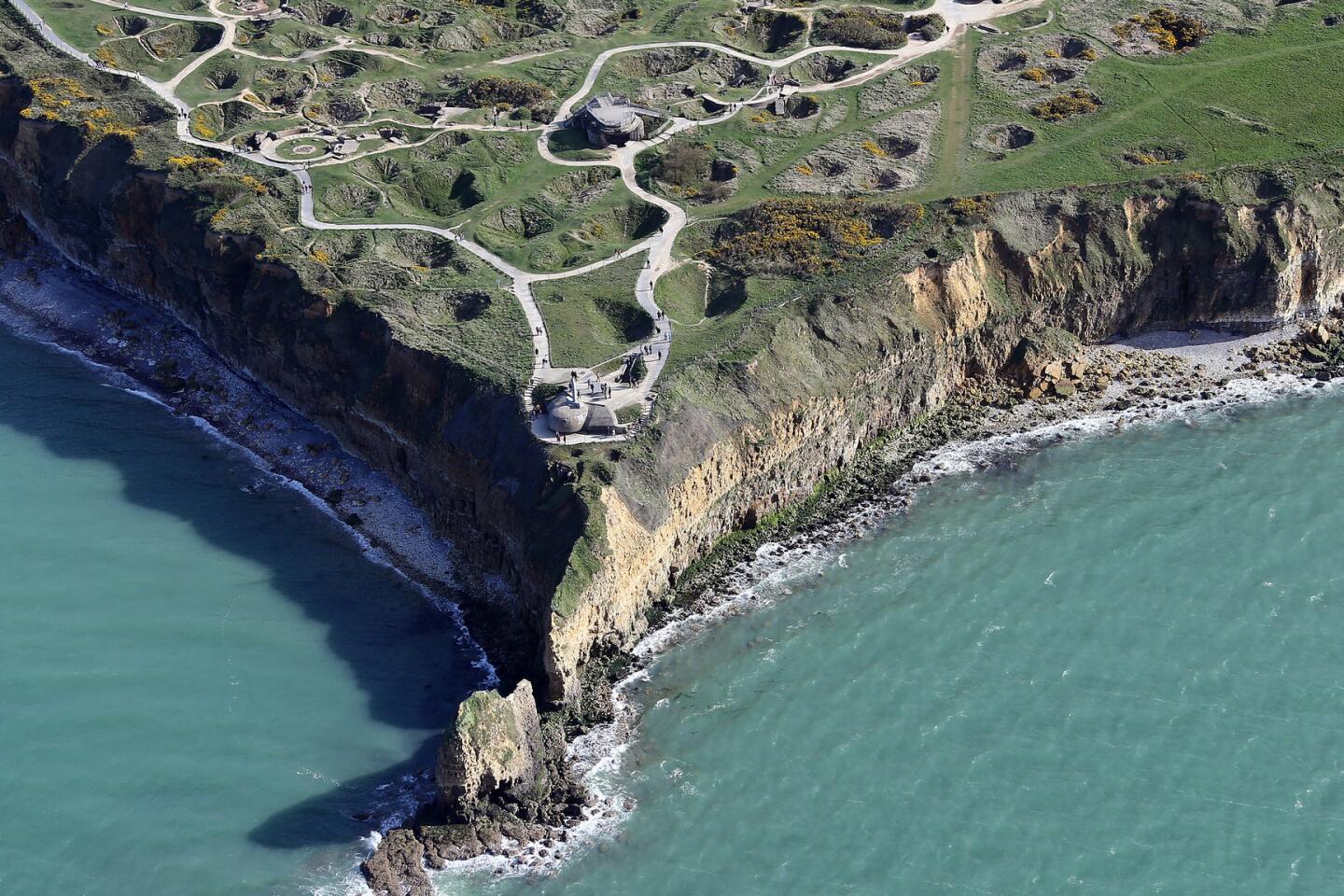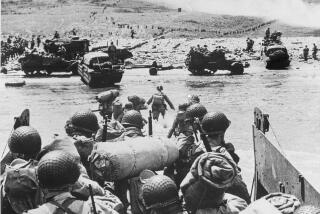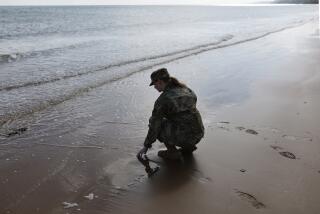70th anniversary of D-day: What does the ‘D’ stand for?
Why is it called D-day?
Decision Day? Doomsday? Dreadnought Day?
None of the above. The D simply stands for “day.”
The designation was traditionally used for the date of any important military operation or invasion, according to the National World War II Museum.
Thus, the day before June 6, 1944, was known as D-1 and the days after were D+1, D+2, D+ and so on.
D-day, which had the code name Operation Overlord, reversed the course of World War II, breaking the Nazis’ grip on France and setting the stage for the liberation of Europe.
The 70th anniversary of the invasion will be observed Friday in Normandy by D-day veterans, President Obama and other world leaders.
The National World War II Museum in New Orleans on Friday begins a two-day commemoration of the anniversary. A moment of silence will be observed at 6:30 a.m. to honor the beginning of the invasion at that hour 70 years earlier.
D-day was the largest amphibious invasion in history, with more than 4,000 ships, 11,000 warplanes and 156,000 Allied troops. More than 4,400 Allied troops died that day.
More to Read
Sign up for Essential California
The most important California stories and recommendations in your inbox every morning.
You may occasionally receive promotional content from the Los Angeles Times.
